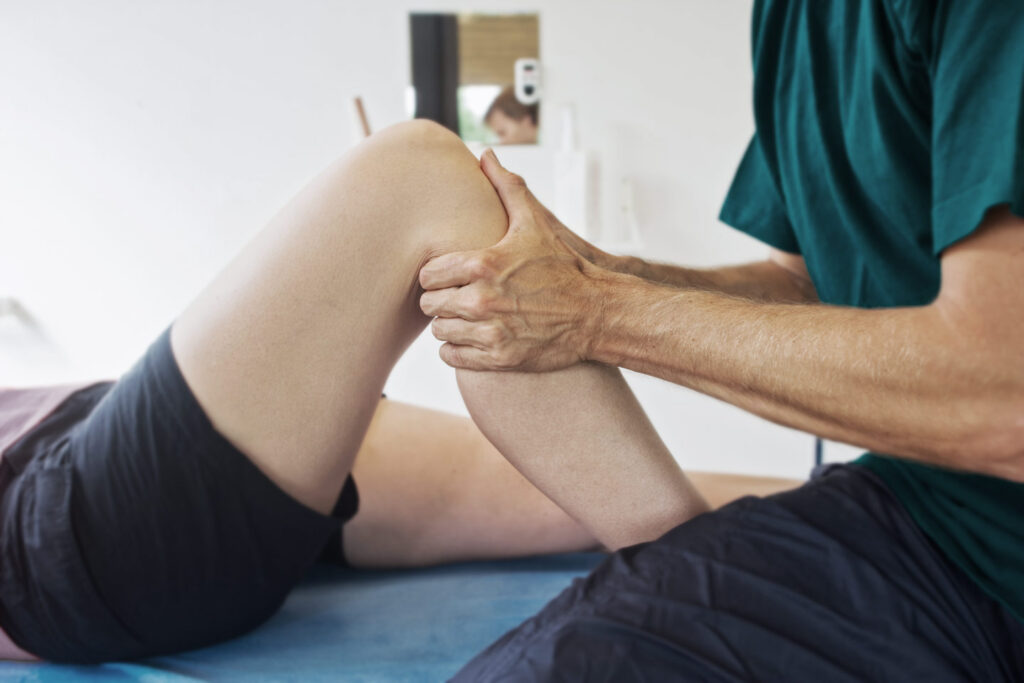
Whether you are in competitive in sports or activities or just have joint pain that is interfering with your life, now is a good time to find an alternative solution to “over-the-counter” pain relievers. Certainly, there are other viable modalities for your aches and pains including, therapy, stretching, heat/ice, alternative exercises, rest, nutrition among others. Sometimes, joint injections may be indicated.
A joint injection is when a substance is directly inserted into your joint, aiming to reduce inflammation, manage pain, and may even have the potential to heal supporting structures. Injections may be appropriate for joints throughout the body, including the knee, hip, shoulder, ankle, and other areas.
There are a wide range of available injectables. One such injectable is a cortisone shot or steroid injection. Cortisone injections are effective for many patients by quickly reducing inflammation and pain, however they also come with a few precautions.
Another injectable is a knee gel shot made of hyaluronic acid or a thick substance that mimics the normal cushing fluid inside your joints.
Another “newer” injectable made from your own blood which has shown potential for promoting healing in tissue is Platelet-rich-fibrin or PRF. The process of PRF is an autologous advanced blood concentrate technology to generate a fibrin matrix rich in platelets, leukocytes and mesenchymal stem cells. This process results in the constant release of growth factors and interleukins, for 10-12 days, accelerating tissue healing and skin regenerating process. The goal is to stimulate a healing response in the tissue over time.
All bring about some type of risk, however what are the risks with a joint injection? Complications associated with joint injections are uncommon, however, may include, infection, bleeding at the site of injection, swelling at the site of injection.
Post joint injection treatments:
- Return to normal activities after 24 hours, however, caution to not “overdue” activities and continue to injure and re-injure the joint.
- It may take some people up to one week to experience pain relief.
- Acetaminophen for pain, ice, rest.
- Suggest therapy for stretches, exercises, and regaining of mobility.
- Follow up for concerns, questions, unresolved issues.
If you are curious if a joint injection is an appropriate treatment choice for you, we encourage you to schedule a consultation to discuss your options.


